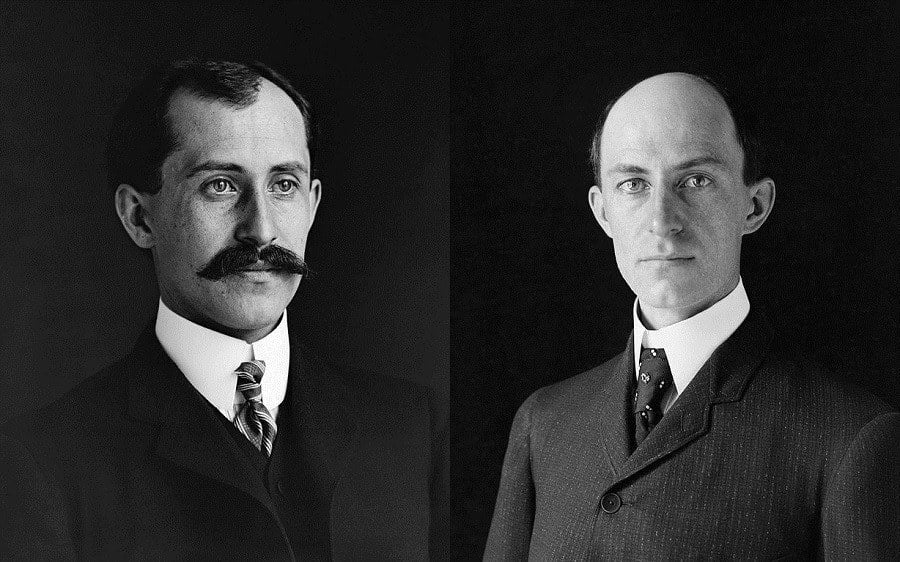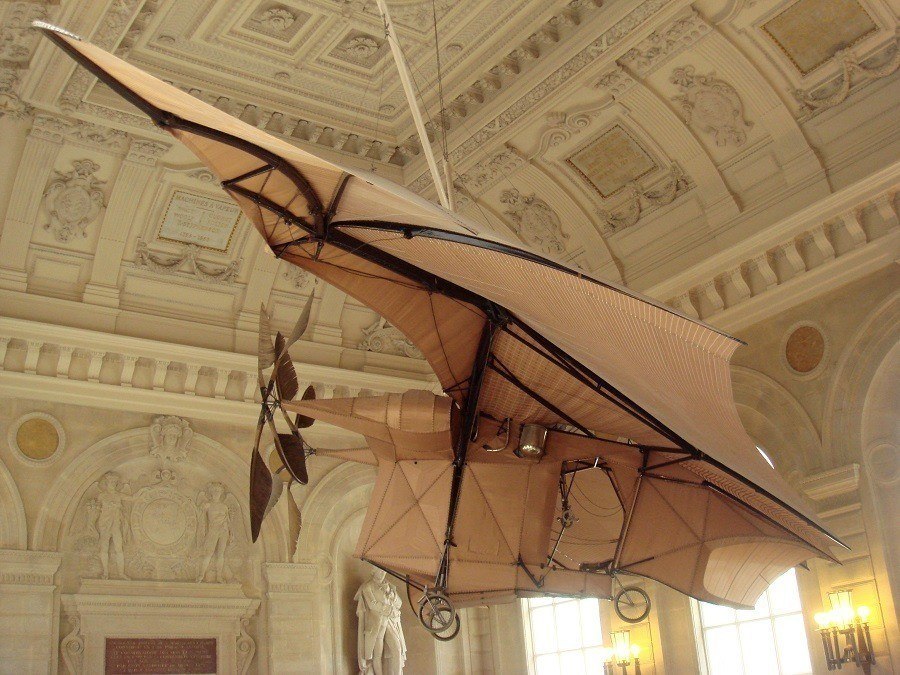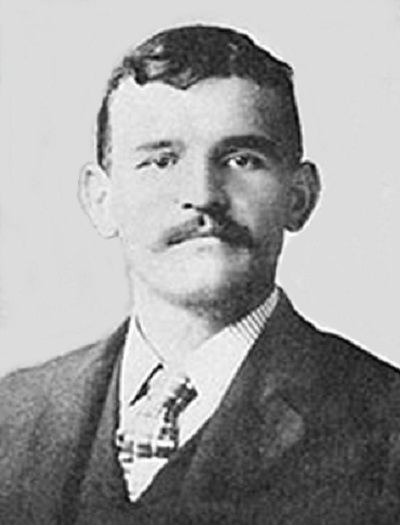The Wright Brothers Weren’t First In Flight

Famous inventors Orville (left) and Wilbur Wright. Image Sources: Wikimedia Commons.
The story goes that on December 17, 1903, in Kitty Hawk, North Carolina, famous inventors Orville and Wilbur Wright were first in flight. Indeed, at 10:35 a.m., Orville piloted their aircraft for 12 seconds, flying about 120 feet at about 10 feet off the ground. The historic moment was witnessed by five other men and photographed with striking precision.

The famous photo taken during the Wright brothers’ very first flight, with Orville piloting and Wilbur running alongside. Image Source: Wikimedia Commons
It wasn’t long before the brothers were international celebrities and anybody with any authority (particularly U.S. government bodies, across the board) declared them the first to fly. To this day, their original aircraft sits in the Smithsonian Institution, proudly displaying that declaration.
When it comes to “first in flight,” you’ve first got to unpack that notion and agree on the specifics. You’ve probably already implicitly understood the designation to mean that the flight had to be mechanically powered, that it had to be manned, that it had to be heavier than air, and that it had to truly launch and truly fly — that is, leave the ground and stay above the ground at the will of the person controlling it, not simply vault upward and stay in the air as long as that initial vault allowed.
Those criteria eliminate dozens of men from the running, men who had become airborne and technically flown decades before the Wright brothers. But once you weed those men out, three remain.

Clement Ader. Image Source: Wikimedia Commons
First, Clément Ader flew a bat-like, steam-powered aircraft all the way back on October 9, 1890. It verifiably took off and stayed in the air over a length of about 160 feet (longer than the Wright brothers’ first flight). It is universally accepted that this was the first time a powered aircraft took off from level ground, but the question lies with that fourth criteria above.

Ader’s Avion aircraft, an updated, and still extant, model of the craft he flew on October 9, 1890. Image Source: Wikimedia Commons
Because no aircraft, in that era, could stay above ground for very long at all, it was difficult to discern whether a craft had flown or hopped, whether it could have stayed in the air longer if only its control and power source were better or if it was simply a glorified jumper. The jury remains permanently out on whether Ader truly flew or merely hopped.

Gustave Whitehead. Image Source: Wikimedia Commons
Next, on August 14, 1901, Gustave Whitehead — unlike the Wright brothers, not one of history’s more famous inventors — was reputed to have flown a powered, heavier than air machine in Connecticut. By all accounts, this flight met all the necessary criteria. It just comes down to whether or not you believe those accounts.

Left: The original Bridgeport Herald newspaper illustration accompanying the report of Whitehead’s August 14, 1901 flight. Right: The plane that reportedly made the August 14 flight. Image Sources: Wikimedia Commons.
The story was first printed by a local newspaper and was then reprinted by several other, larger papers in major cities (including New York, Boston, and Washington, D.C.). A number of alleged eyewitnesses and respected publications have since thrown their support behind the story — to this day — but, to doubters, this one remains a very compelling case of he said, she said.

Left: Richard Pearse. Right: A replica of the plane Pearse supposedly flew, now on display in the South Canterbury Museum in Timaru, New Zealand. Image Sources: Wikimedia Commons.
Finally, on March 31, 1903, just months before the Wright brothers, Richard Pearse (who you’ll never find on a list of famous inventors), an all-but-forgotten farmer and amateur aviation pioneer living in rural New Zealand, supposedly flew. Over 20 alleged eyewitnesses say it happened, a handful of governmental and otherwise official bodies in New Zealand back the claim, plenty of books and established media outlets have run with the claim, and parts of the plane have been found. But given Pearse’s reclusive nature, the tiny rural community he hailed from, and the lack of bulletproof physical evidence, it was easy for him to be overlooked.






